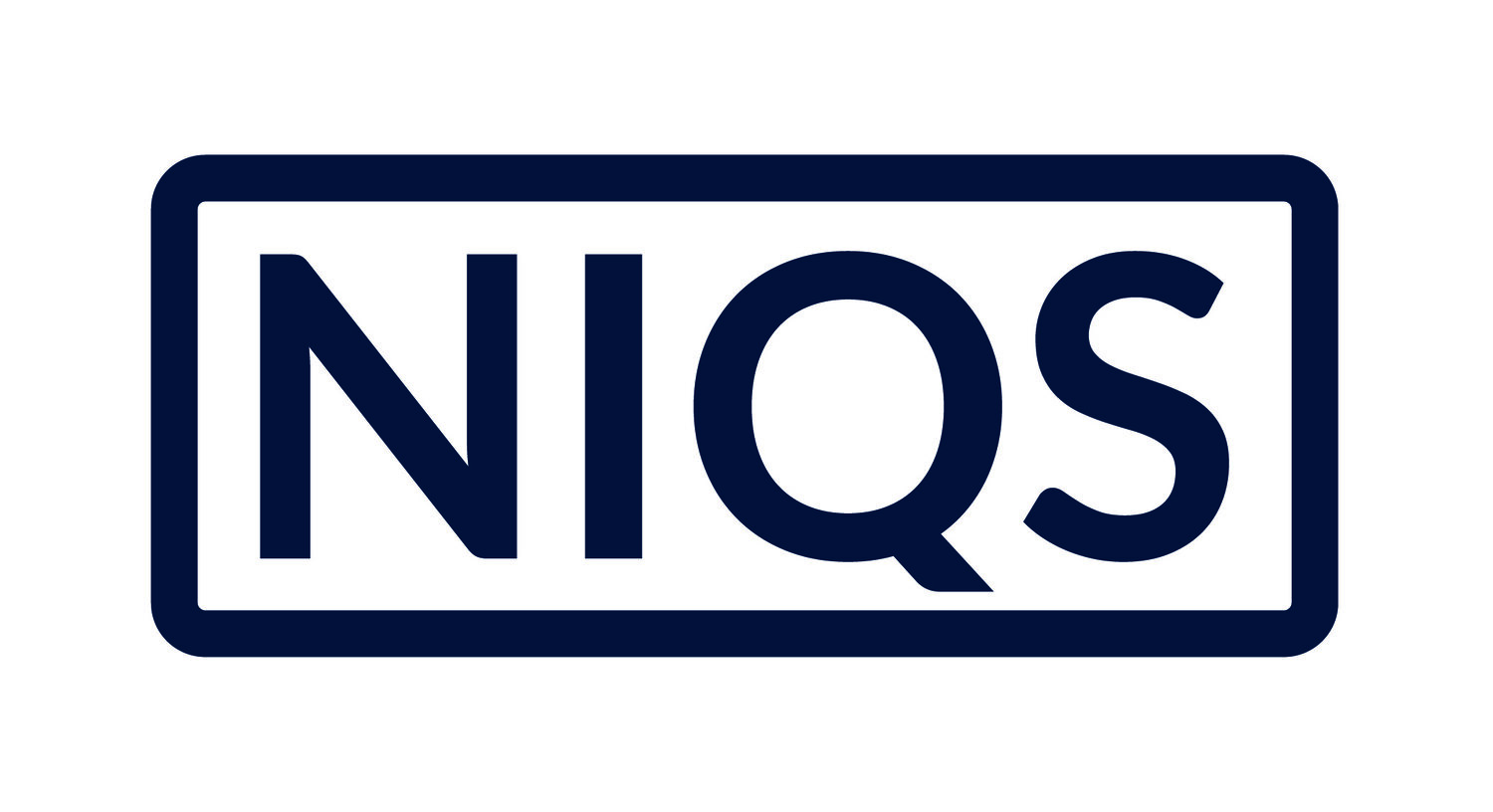NIQS DELIVERS NON-INVASIVE GLUCOSE MONITORING WITH 99.3% ACCURACY
NIQS Tech has produced class-leading accuracies in optical-based non-invasive glucose monitoring, including 97.5% clinical accuracy and 99.3% clinical acceptability.
As part of an ongoing study, NIQS has demonstrated accuracies on par with market-leading, minimally-invasive continuous glucose monitors (CGMs). The results are derived from a group of people living with Type-1 diabetes (1M/3F), pre-diabetes (1F) and healthy participants (4M/3F).
For clinical decision making in diabetes care, clinicians must have confidence in the accuracy of devices that measure glucose levels. Typically, accuracy is assessed using an error grid (2D scatterplot) that compares measured versus reference glucose concentrations to assign clinical risk values. Here, NIQS’ data is presented on the Diabetes Technology Society (DTS) Error Grid to quantify the technology’s efficacy across clinical accuracy (Zone A) and clinical acceptability (Zone A+B) [1].
It is well documented that optical-based, non-invasive glucose monitoring has struggled to deliver accurate and reliable measurements due to intrapersonal variations, such as skin tone and skin thickness. This issue persists across other optical-based medical devices, like pulse oximeters, where experts highlighted that these devices were dangerously underestimating oxygen saturation levels in users with darker skin tones [2], warranting a major investigation [3].
With NIQS’ unique approach, this is no longer a concern. Utilising a patented photonic chip technology combined with a novel optical-based measurement technique, they have been able to mitigate the confounding effects of skin, delivering accurate, reliable and repeatable glucose measurements for all users across all skin tones.
Diabetes affects 537 million people globally, projected to reach 784 million by 2045. In the UK alone, 5.9 million people live with diabetes [4], costing the NHS over £10bn annually. Alarmingly, 60% of these costs stem from treating preventable complications, highlighting the urgent need for improved management technologies. Current methods such as finger prick test and continuous glucose monitors (CGMs) are invasive, painful, inconvenient and costly, resulting in low adherence rates (<50%) that severely limit their effectiveness [5].
Dr Nicholas Furtak-Wells, CEO of NIQS, said:
“Our team has worked tirelessly to bring this technology to life and we are proud to have successfully demonstrated its efficacy in early human studies. The results are not only encouraging, they represent a long-awaited paradigm shift in non-invasive glucose monitoring. With this validation in hand, we are now preparing to raise further investment to refine the technology and progress into more advanced clinical trials, as well as navigate the next stages of the regulatory process.”
Dr Benjamin Dawson, CTO at NIQS, said:
"With our early prototype showing such promising results, it truly opens the potential for further developments and improvements. I am excited to work with the rest of the NIQS team to bring this technology to market and impact the lives of people living with diabetes worldwide."
Prof. Ramzi Ajjan, Professor of Metabolic Medicine and Honorary Consultant in Diabetes and Endocrinology at Leeds University and Leeds Teaching Hospitals NHS Trust, said:
“The early results from NIQS are encouraging and represent a step forward in the future of non-invasive glucose monitoring. For any new technology in this space to be considered truly fit for purpose, it must demonstrate greater than 95% clinical acceptability and a MARD [mean absolute relative difference] of less than 10%. Compared with a leading invasive CGM device, NIQS’ technology is already hitting that sweet spot with the limited ranges of glucose levels tested so far. Naturally, more validation of this technology is required in different populations and across a larger glucose range but these early data are promising. This kind of innovation has the potential to help individuals with, or at risk of, diabetes to manage their glucose levels effectively and conveniently.”
[1] Klonoff, D. C., et.al., The Diabetes Technology Society error grid and trend accuracy matrix for glucose monitors, Journal of Diabetes Science and Technology, 18(6), 1346–1361, (2024).
[2] https://www.bbc.co.uk/news/health-68533067
[3] https://www.gov.uk/government/publications/equity-in-medical-devices-independent-review-final-report
[5] Patton, S. R., Adherence to glycemic monitoring in diabetes, Journal of Diabetes Science and Technology, 9(3), 668–675, (2015).
For more information, please contact press@niqstech.com
Original publication date: 21/07/2025

